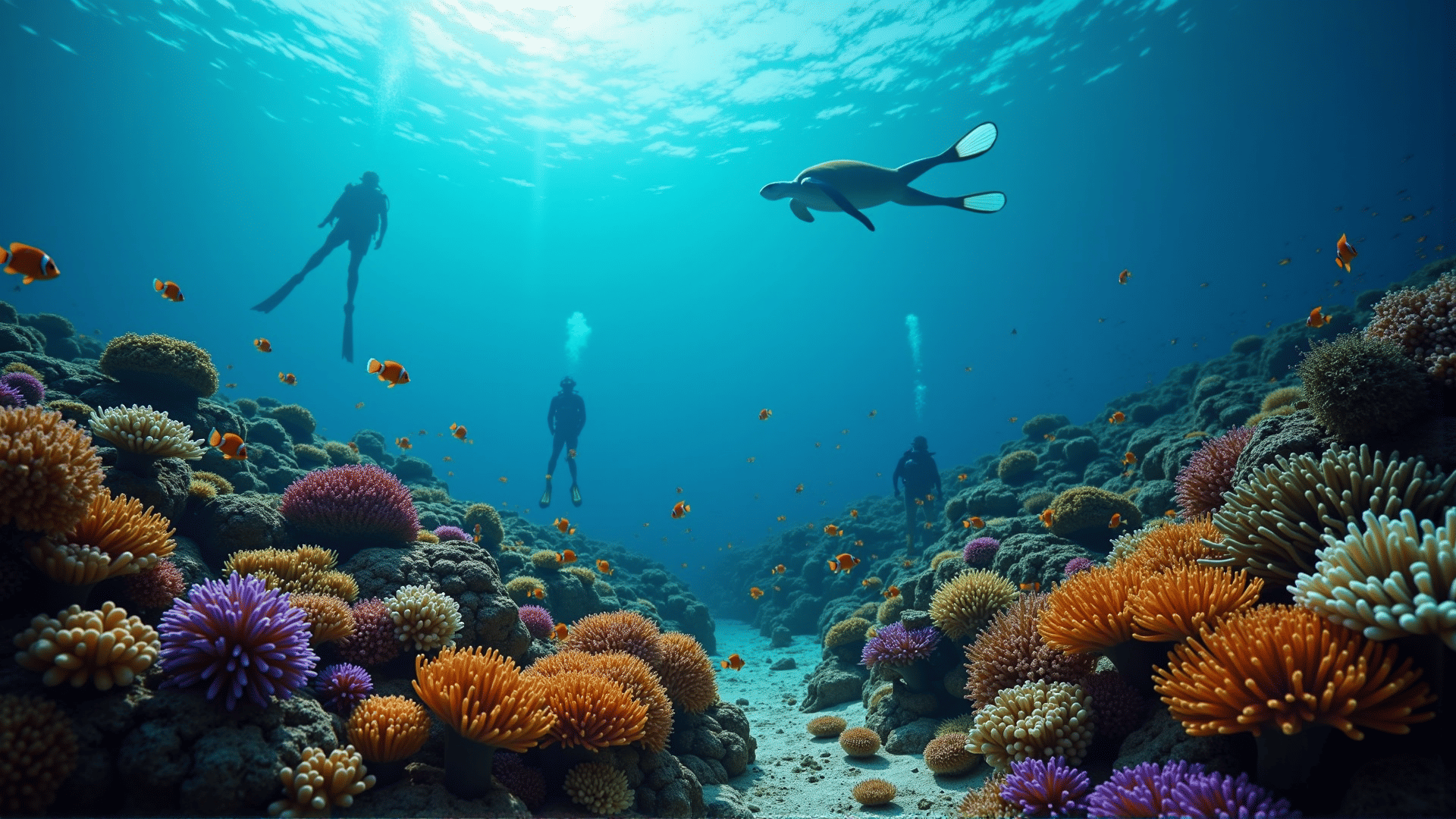Nestled in the warm embrace of the Pacific Ocean, the Philippine coral reefs stand as a vibrant testament to the marvels of marine life. Known for their biodiversity, these underwater gardens are home to a myriad of sea creatures and play a critical role in maintaining ecological balance. However, these reefs, like many pristine natural habitats, face numerous challenges.
In recent years, local communities and organizations in the Philippines have risen to the occasion, undertaking various initiatives aimed at conserving and revitalizing these essential marine formations. One of the key approaches has been the establishment of Marine Protected Areas (MPAs). These zones restrict human activities such as fishing and coastal development, allowing the ecosystems within them to flourish. The Tubbataha Reefs Natural Park, for instance, is an acclaimed UNESCO World Heritage site and one of the country's most well-managed MPAs. It stands as a beacon of preservation and biodiversity in the heart of the Sulu Sea.
Community involvement is another cornerstone of conservation efforts. Fisherfolk, whose livelihoods depend on the health of the reefs, are being engaged and educated on sustainable fishing practices. Programs led by non-governmental organizations work to empower these individuals with knowledge and alternative livelihood options, reducing the strain on reef resources. Initiatives also include the training of local stewards who monitor the reefs and ensure compliance with protective regulations.
Meanwhile, restoration projects have gained momentum, focusing on reversing the damage already inflicted by pollution, climate change, and destructive activities. Coral gardening, a process where fragments of coral are nurtured and transplanted to damaged areas, has shown promise. This technique not only aids in reef recovery but also fosters a sense of responsibility among locals who participate in these projects.
Furthermore, there is a concerted effort to bring awareness to the broader public about the significance of coral reefs. Educational campaigns, workshops, and eco-tourism are being leveraged to highlight the imperative need to protect these natural treasures. By fostering an appreciation for the reefs' beauty and importance, these programs aim to inspire collective action towards their preservation.
While challenges remain, the dedication and collaboration of local communities, environmental groups, and governmental bodies provide hope. The burgeoning wave of initiatives serves as a reminder that when communities rally together, they can forge a sustainable path forward, ensuring that the Philippine coral reefs continue to thrive for generations to come.
